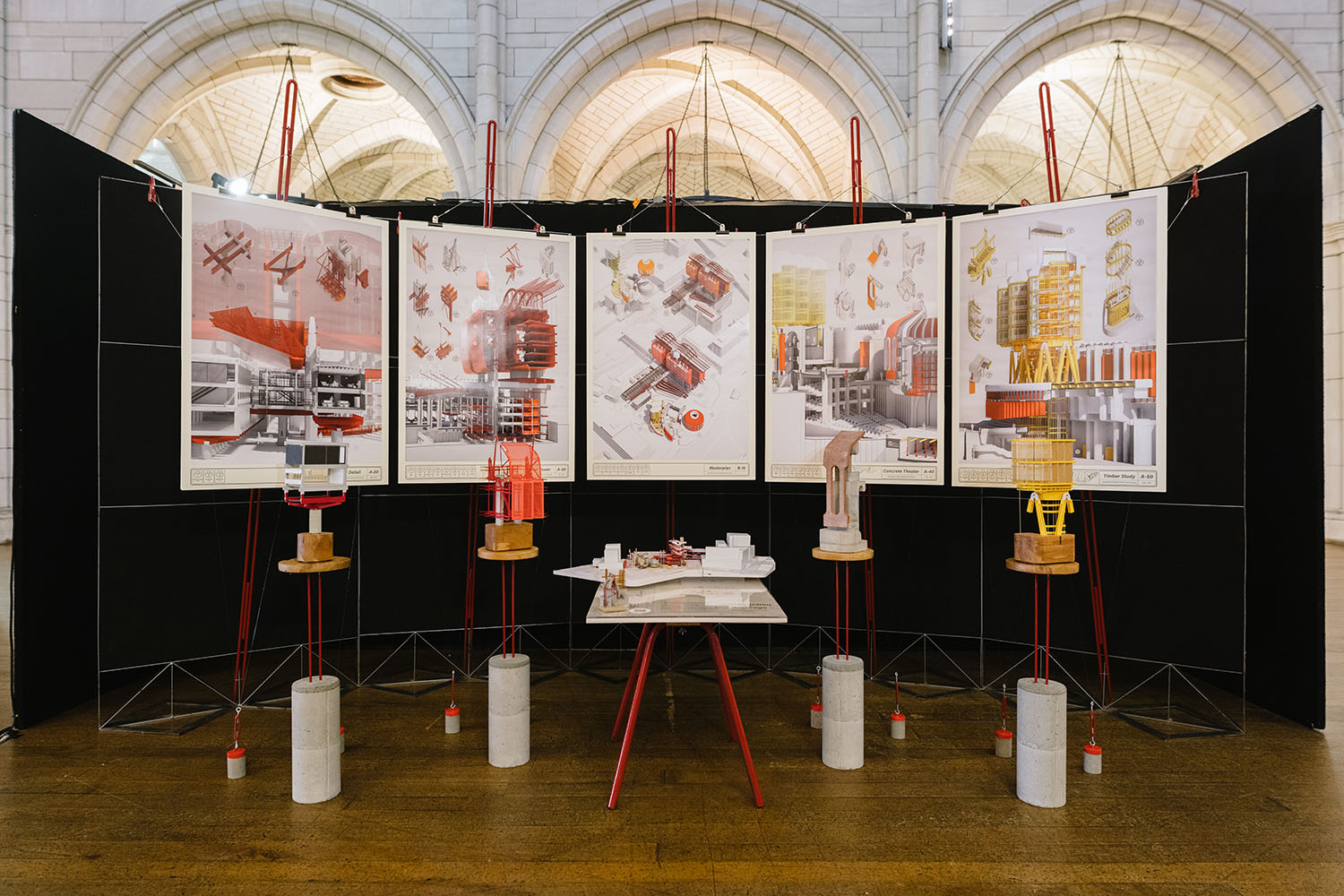Samuel Moloney
The University of Auckland
New Zealand
From the entrant’s submission:
If Architects accept that physical architecture can carry meaning beyond its objective existence, we also must accept that the act of construction invests these intangible meanings into the built environment. If architecture is to suggest anything beyond its own reality, it must do so using its construction as a point of departure.
This statement, underpinning what could be described as Tectonic architecture, has long been a sensibility that supremely concerns architects. One movement overtly interested in materiality and constructional practices was Brutalism. The Brutalist movement sought an ethical outcome via the utilisation of raw materials, clear exhibition of structure and legibility of plan – an aim that resonates strongly with the social ethos of post war building programs. However, despite all the good intentions of Brutalism, its utilitarian meanings are now universally misconstrued. The unfortunate link between Brutalism and the word ‘Brutal’ dictates the impact these buildings now have on our cities.
This project looks towards one such example of a misconstrued Antipodean Brutalist icon – the Student Union (SU) Building at the University of Auckland. My project is a series of interventions in and around the SU building that, in developing a new space for students, simultaneously looks to rediscover and reimbue the positive theoretical underpinnings of a Brutalist Student Union Typology back into the University Campus.
My reasons for doing so are simple. In a time of increasing isolation and disenchantment among students, there is a renewed need for a sense of place and unity within the student body.




